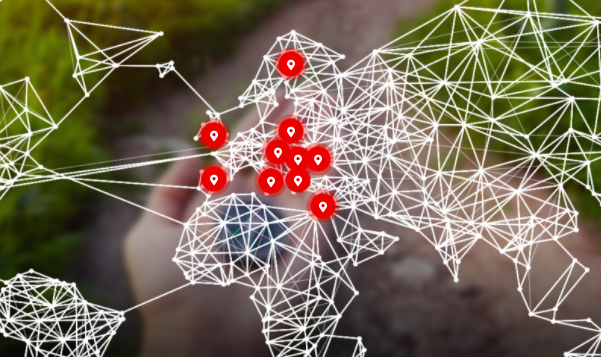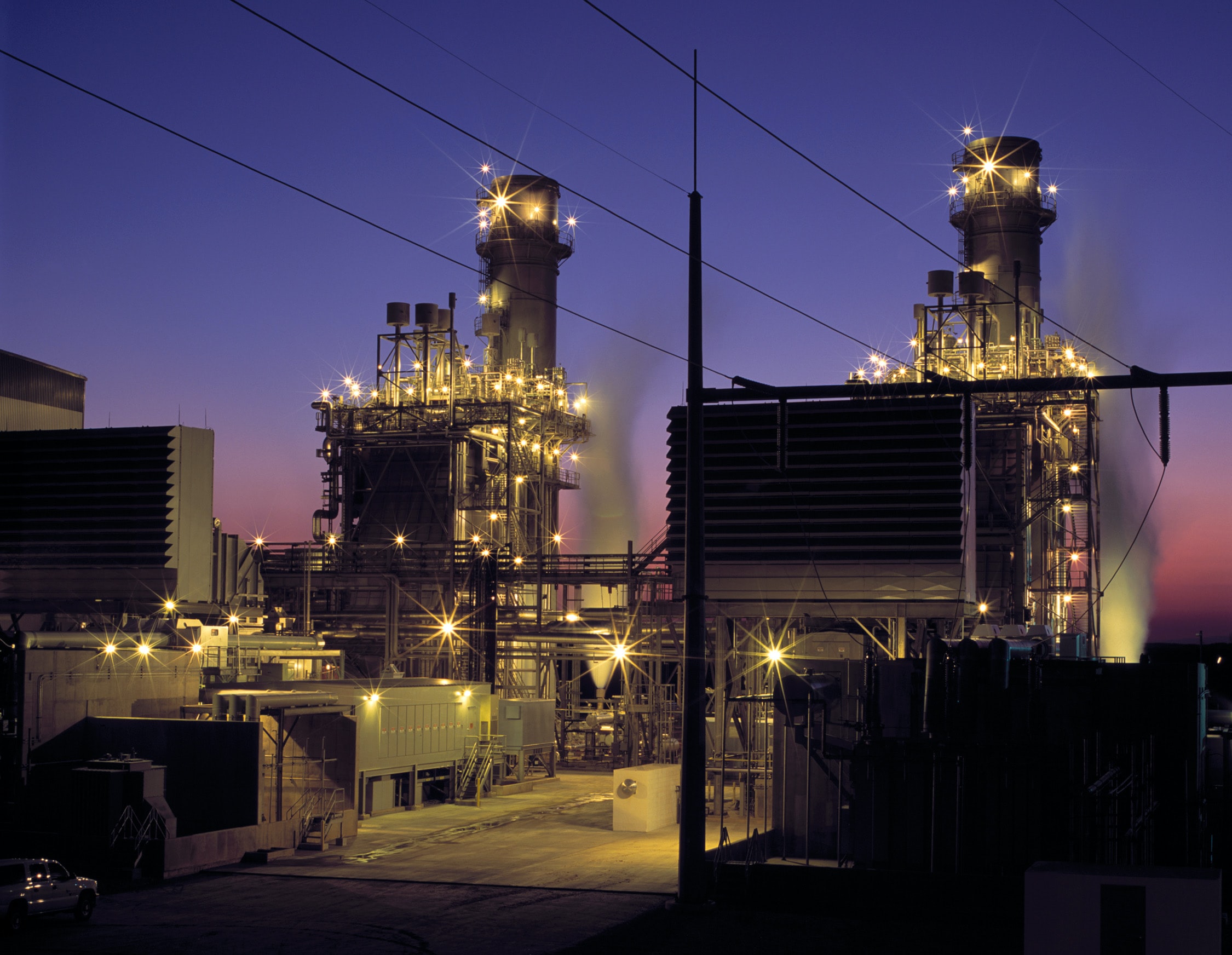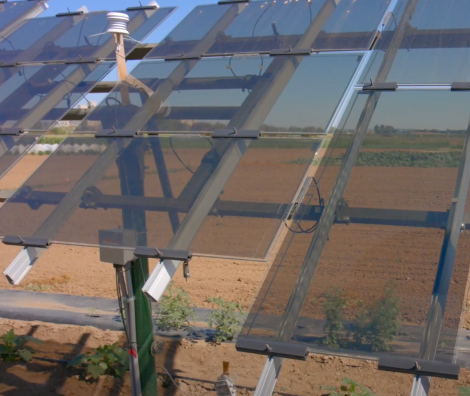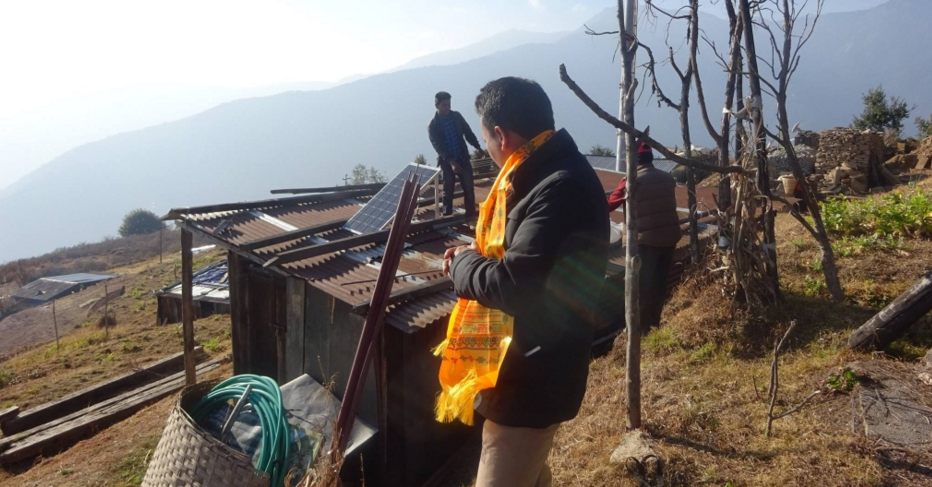
On April 25th, 2015, Climate educator Phurpa Lama was speaking to a group of 40 indigenous woman on climate change issues that were effecting them in Nepal. Just before noon, the eathquake struck and buildings started collapsing. Tears came to his eyes, knowing there must be a loss of life. He was right, over 8,000 people were killed, and 21,000 injured as the quake left much of Nepal in piles of debris.
Rebuild Better
With so much devastation, Phurpa wanted to not only rebuild, but rebuild better. He knew that the kareosene used for emergency lighting and heating was only making people and our planet sicker. He wanted to make a more sustainable, healthy Nepal.
With support from his global community of Climate Leaders, Phurpa began installing donated solar panels to survivors who were left without electricity. The response was started just two days after the earthquake and is ongoing.
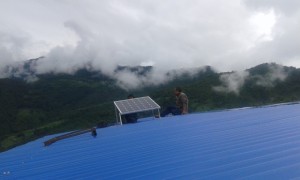
Solar lighting system installed at a community center where survivors gathered
As someone who comes from one of the villages, he understands their needs and struggles in ways that foreign NGOs cannot. He knew electricity was important, and even before the earthquake, Nepal was seeing the effects of climate change. Phurpa notes that there are other NGOs providing food, shelter, medicine, and water. He notes that their contribution is modest, but we find it notable for having long-term effects and drawing on local talent.
“Nobody wants to be left in the dark. You may remember how scary a black out was when you were a young person. Psychologically, these people have lost a sense of security, as they’re now trying to get back on their feet in the dark, some even with missing family members.”
It’s also essential to make sure aid workers have light and electricity to do their work. Sourcing diesel energy is very expensive and reduces the amount of food and water aid groups can bring in.
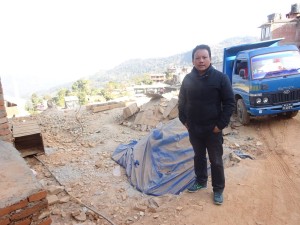
Phurpa returning to the guesthouse where he was educating a group of indigenous women about climate change when the earthquake struck.
Phurpa still remembers how he felt on the day of the earthquake, and thinks the global community can be a big part of the healing, and can be leveraged to solve global challenges like climate change.
“Now it’s time to rethink about climatic problem that our planet is facing. Let us all join our hands for People, Planet and Environment to make our world better place to live in.”


